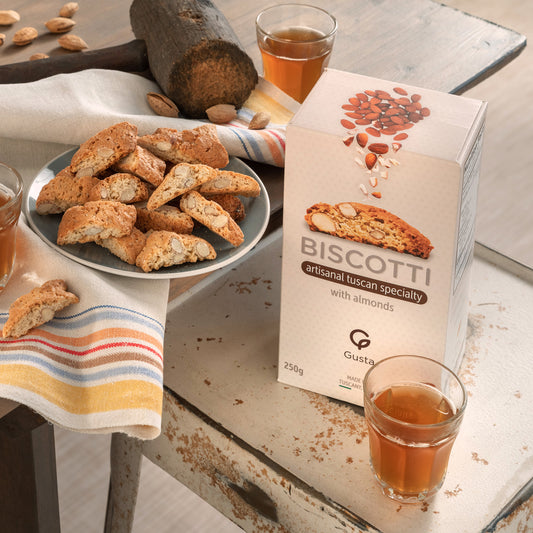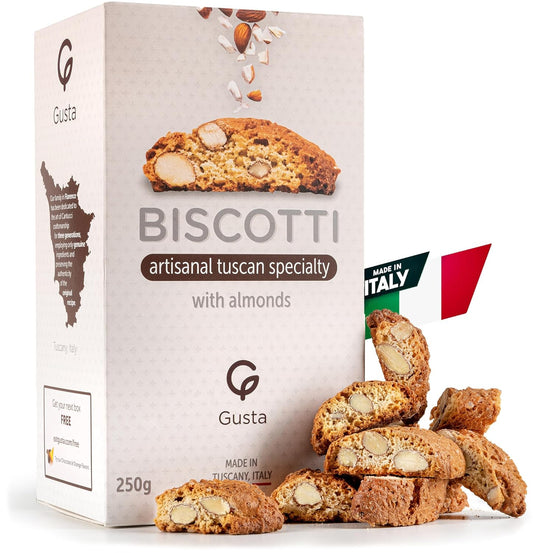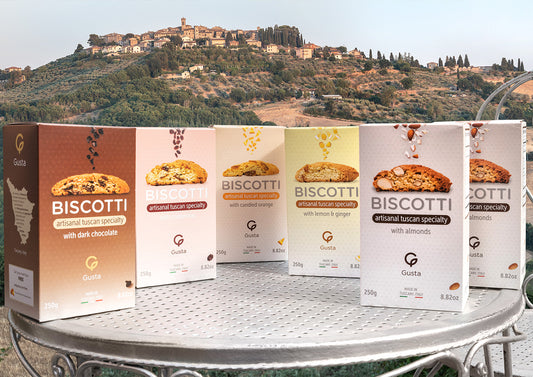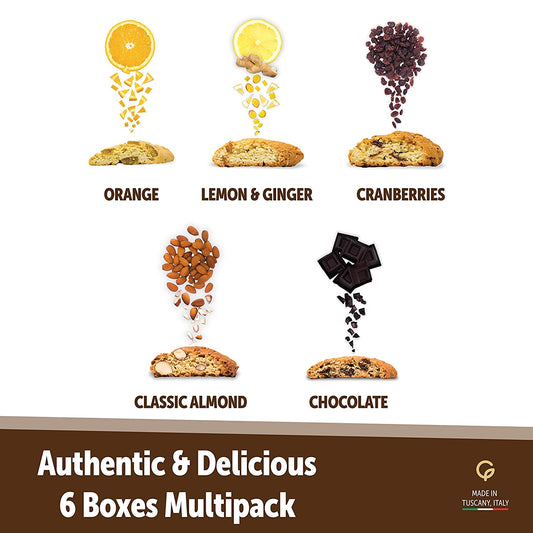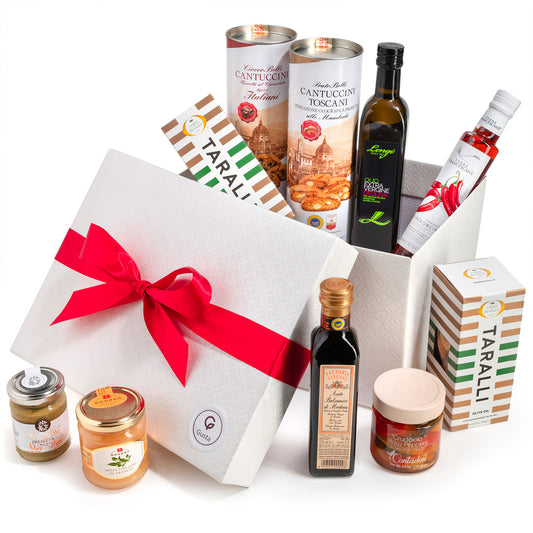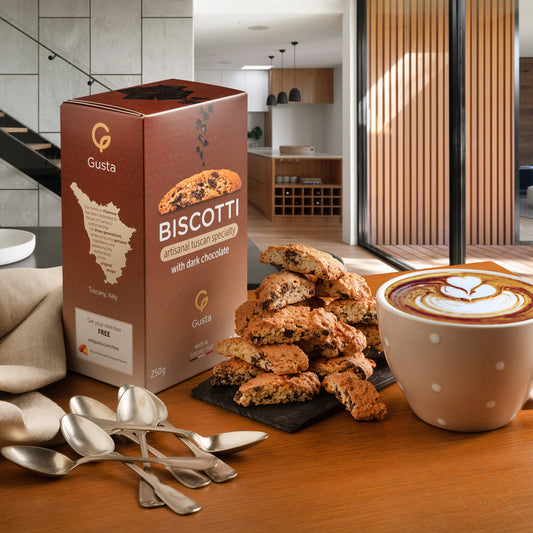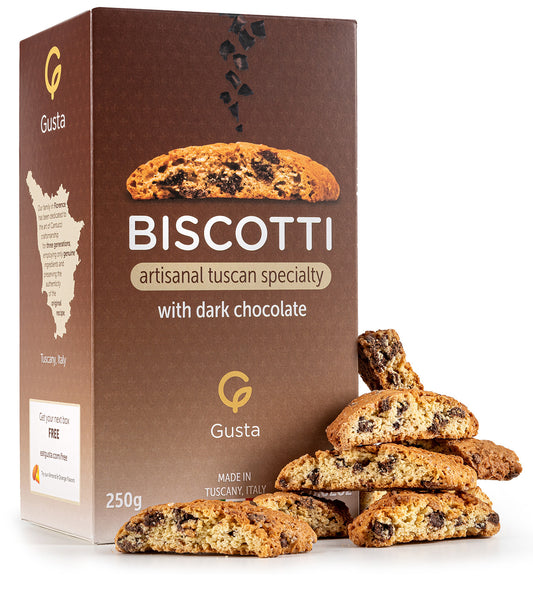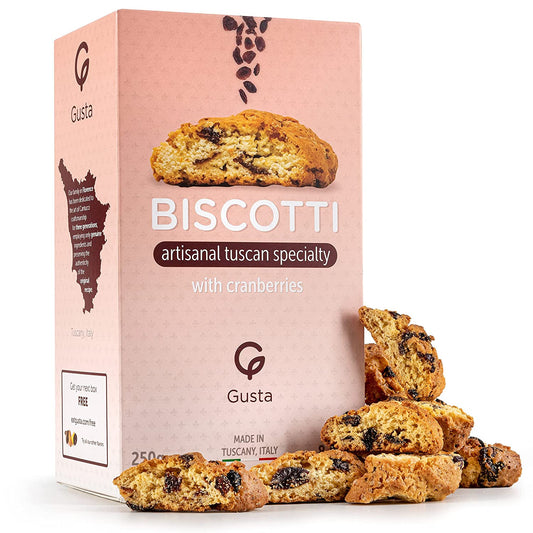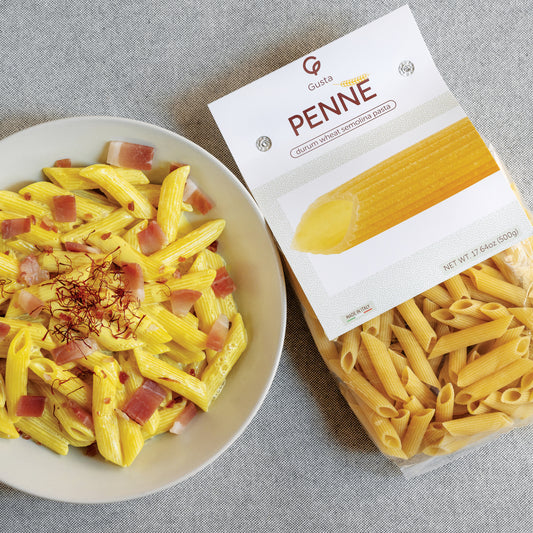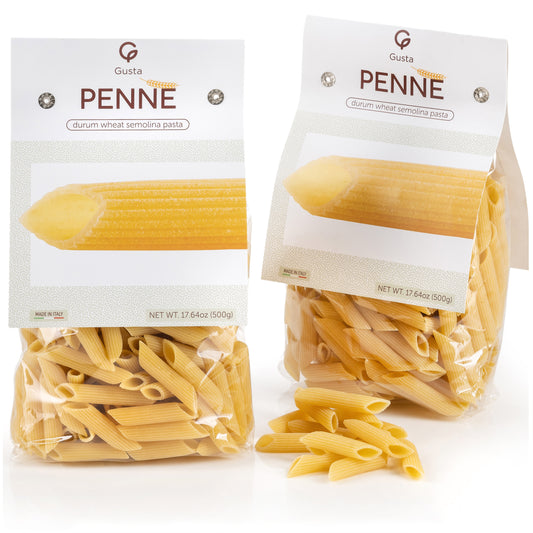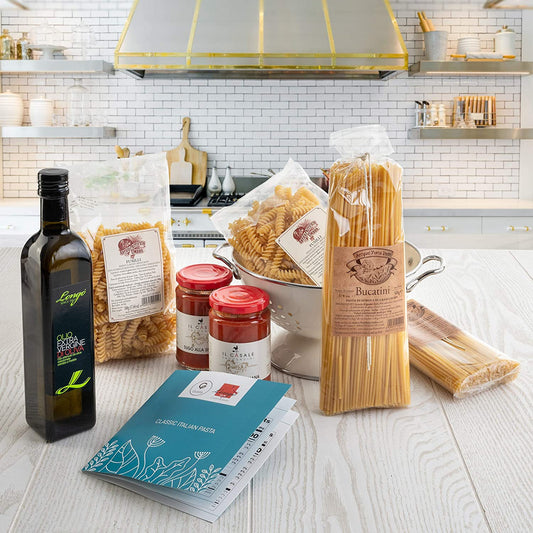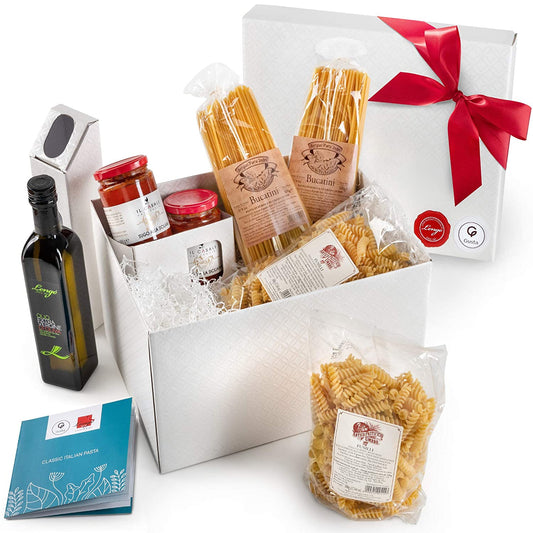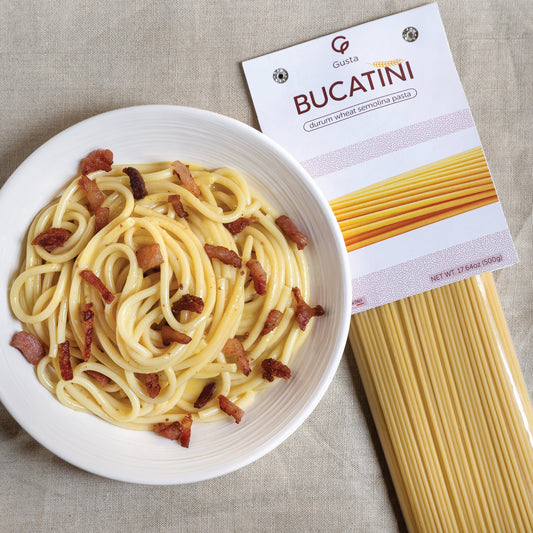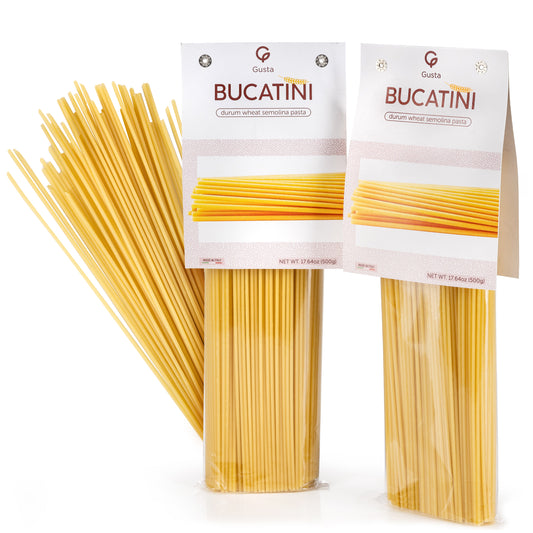Tagliatelle alla Bolognese, Risotto Milanese, Pasta al Pesto and many other pasta sauces all share the same ingredient: Parmigiano Reggiano.
What makes Parmigiano Reggiano wheels such a distinguished and popular cheese? It starts for the region of origin, limited by rigid consortium regulations to an area from the Po Valley plains to the foothills of the Apennine mountain range (a triangle between Parma, Reggio Emilia, Bologna and Magenta more precisely). Here the cows consumes nutrients from permanent meadows—fields that regenerate naturally and are never plowed with an amazing biodiversity of forage such as clover, fescue and sainfoin. These ingredients are essential to the lactic bacteria that transfer from the grass to the milk, and finally to the wheels, enabling potentially very long aging periods of 60 months or longer. The Parmigiano consortium strictly prohibits the use of fermented forages, additives, artificial bacteria (yes, there is such a thing) and any thermal treatment of milk, such as pasteurization.
Milking occurs twice a day, in the evening and early morning. The evening milk is placed in large steel vats to rest overnight, allowing the cream ("panna") to naturally rise to the surface and separate from the skimmed milk. The next morning, the skimmed milk from the evening is combined with the whole milk from the morning's milking, officially beginning the Parmigiano Reggiano production.
The master cheesemaker (“Casaro”) follows this procedure: the skimmed evening milk is combined with the whole morning milk. Whey culture ("siero innesto"), a natural culture of lactic bacteria, is added to facilitate fermentation. The milk is heated to 36°C (97°F), and natural rennet ("caglio") is added, which causes the milk to coagulate in about 10 minutes. The casaro breaks the curd into small granules using a tool called a spino, releasing the whey. The curd is cooked and stirred, raising the temperature to 55°C (131°F). This allows the curd granules to dry and expel more whey. The heat is turned off, and the cooked granules precipitate to the bottom, forming a single mass of about 100 kg, requiring over a thousand liters of milk. After about an hour, the mass is skillfully lifted and cut into two parts, resulting in two "twin" wheels.
The curd mass is introduced into a mold ("fascera"). A casein plaque is applied, providing an alphanumeric code that uniquely identifies and guarantees the traceability of each wheel. A stenciling matrix is applied, which presses the famous dotted "Parmigiano Reggiano" inscription, the dairy number, and the month/year of production onto the rind. The wheels are then immersed in a saturated salt solution for an average of 20 days. This process adds flavor ("sapidità"), releases moisture, and consolidates the rind. Finally, the wheel is ready to be moved to the warehouse, where it will age on wooden shelves for a minimum of 12 months.
Parmigiano Reggiano is one of the few cheeses capable of aging for very long periods. This delicate work, performed by experienced Consortium "beaters," requires great sensitivity and many years of training. The battitura occurs when the wheels are about 12 months old and involves an analysis of the wheel's internal structure. The expert taps the wheel with a hammer, listening for structural defects indicated by a non-uniform sound. This examination is performed on every single wheel, not just a sample. The expert also feels for vibrations with their hand to detect anomalies.
After the battitura, the wheels are stamped with ink to classify them with a round stamp for first-category wheels or a square stamp for “mezzano” (medium-quality) Parmigiano Reggiano. A Final stamp instead disqualifies the product, meaning it is no longer considered Parmigiano Reggiano. Only the selected wheels are then fire-branded with the famous mark, which certifies them as Parmigiano Reggiano PDO (Protected Designation of Origin).
After certification, the aging time becomes the differentiating factor, with dairies choosing how long to age their cheese: 24 months, 36 months, or even longer up to 60 months.
A key figure in the varied world of different Parmigiano fields, cows and farms is the "gastronomo", who selects and advises customers on different qualities of Parmigiano Reggiano. They guide customers on how to best taste, pair, and use the cheese in cooking, considering its aging, the breed of cow, and the altimetric zone (and thus the forages). For example, the "Mountain Product" label identifies Parmigiano Reggiano made exclusively with milk from cows fed high-altitude forages and raised in mountain dairies. Each wheel must be carefully opened and portioned by hand to maintain the correct pasta-to-rind ratio and preserve the identifying marks, ensuring full traceability. Consumers can verify the producing dairy by entering the matriculation number found on the wheel.
The Parmigiano Reggiano region is home to unparalleled artistic and scenic beauty, as well as a rich and unique gastronomic tradition. This tradition varies from town to town, and even from house to house, creating a mosaic of unique flavors, colors, and aromas. Some of the most traditional recipes are Tortino (a savory flan), stuffed pasta (which includes the likes of tortelli, anolini and cappelletti), risotto best served with a creamy 30 months Parmigiano and meat dishes such as guinea fowl stuffed with ham and a 76-month aged Parmigiano. Lately ice-cream makers have offered a Parmigiano flavor that has found success among Italian consumers.
New and exotic recipes include Crispy Egg, a dish that combines a 24-month Parmigiano foam with a liquid-rendered "erbazzone" (a local savory pie filling), all containing an egg cooked at a low temperature. Pasta with Grilled Parmigiano: Pasta tossed with grilled Parmigiano (which provides a smoky hint), and creamed with pressure-cooked broccoli and crispy bacon. Novel Pairings: The cheese is combined with surprising ingredients like Piedmont hazelnut paste and licorice to create a contrast of textures (crispy and soft) and flavors (smoky, sweet, and fresh).
The different aging periods of Parmigiano Reggiano (from the most delicate to the most decisive and spiced) offer endless pairing possibilities, allowing the cheese to enhance dishes without overpowering other ingredients. The selection of the aging period should be evaluated—much like choosing a wine—based on the aromatic profile and consistency needed for the specific course.


